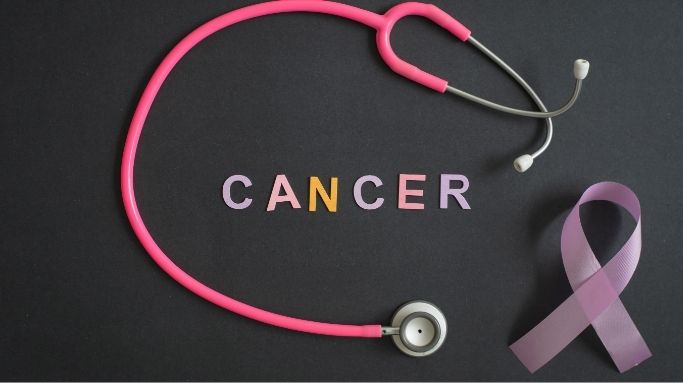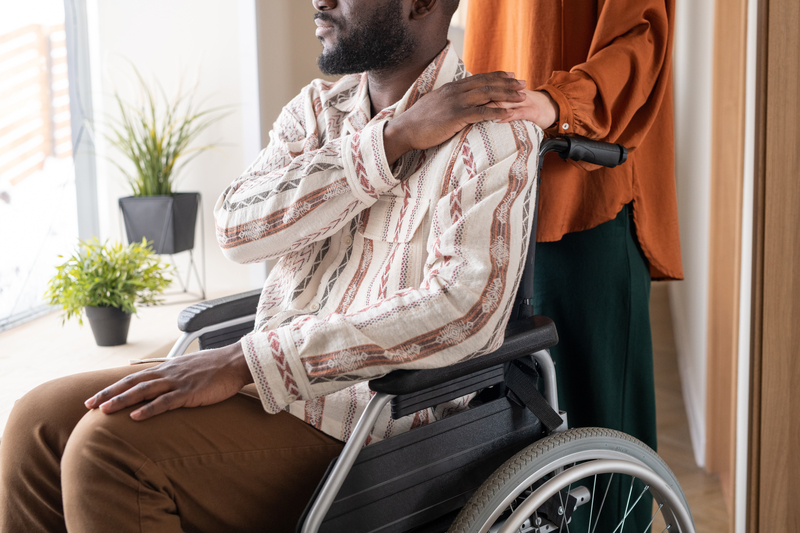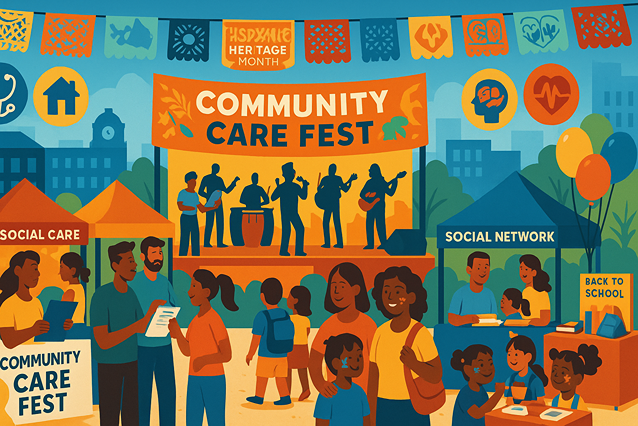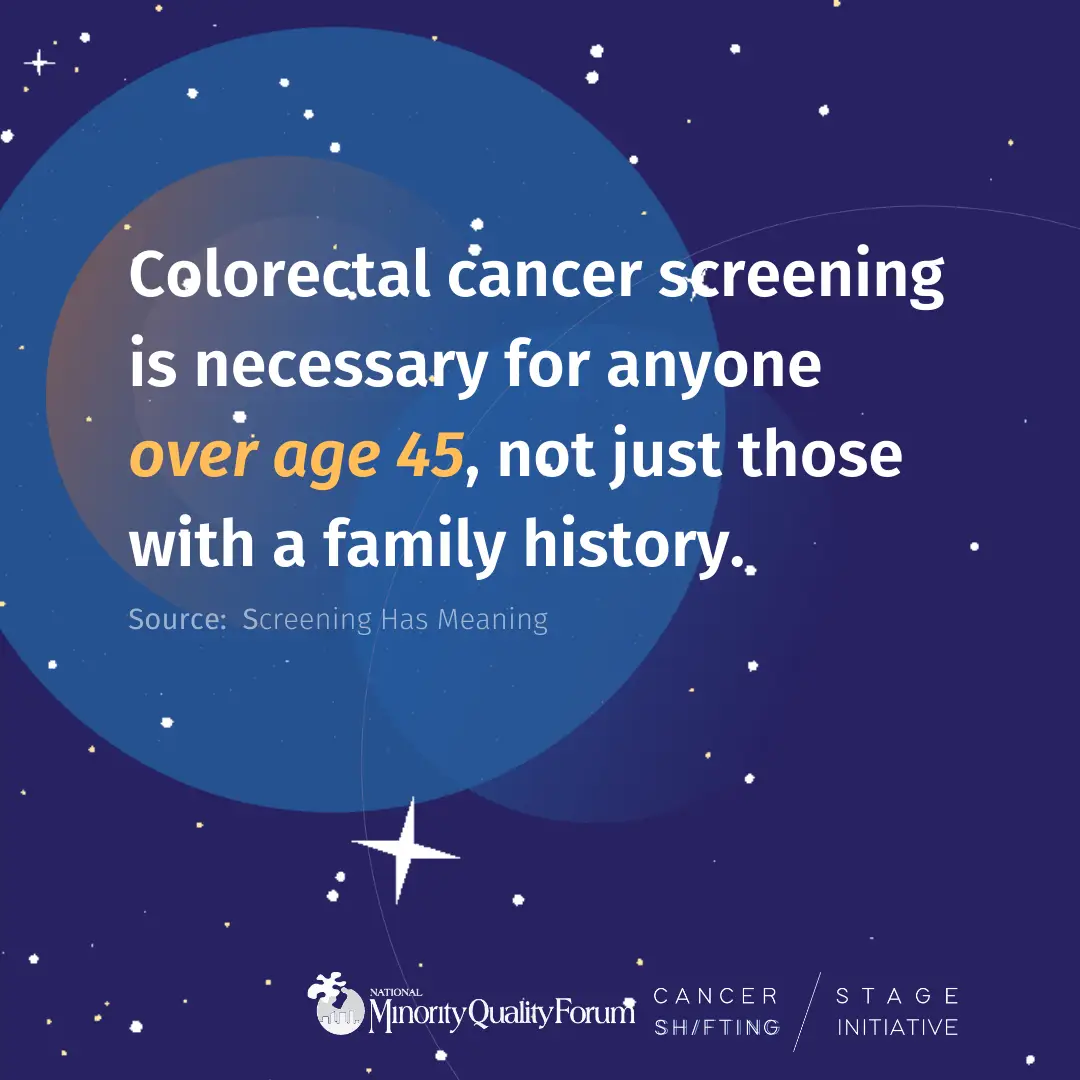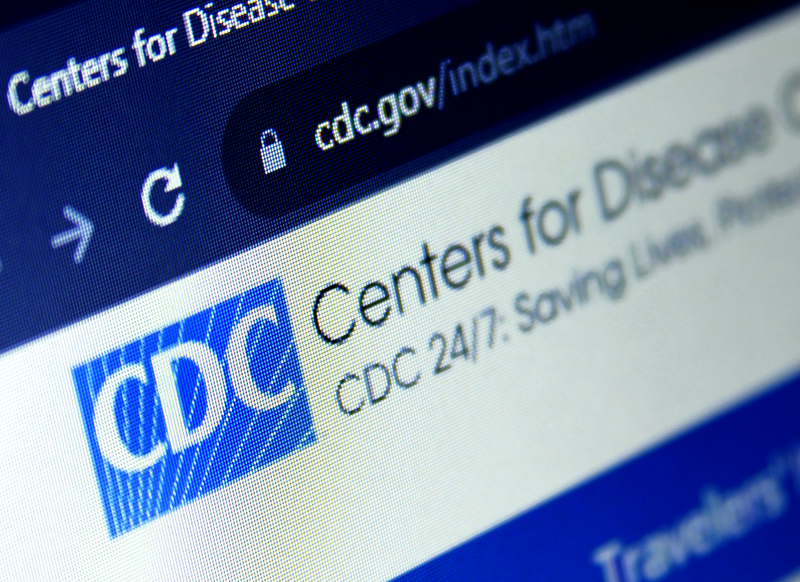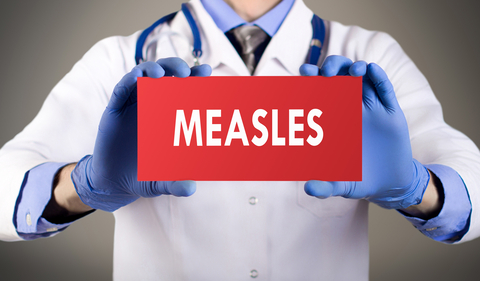Asian
An Exploration of Racial Differences of Psychosocial Stressors and Their Association With Mental Health Between Asian and White Sexual Minority Men...
There is growing concern that Asian sexual minority men (SMM), including gay, bisexual, and other men who have sex with men, may be at elevated ris...
ReNew signs MoU with Asian Development Bank for $5.3B in climate projects (NASDAQ:RNW)
Justin Paget/DigitalVision via Getty Images
India’s ReNew Energy (NASDAQ:RNW) +2.9% pre-market Monday after saying it signed a memorandum of...
Eating Bamboo Shoots - Does the Asian Delicacy Benefit Your Health?
Eating bamboo shoots is a regular choice in Asian households. The tradition of eating bamboo shoots has been going on for centuries. Bamboo shoots ...
CMS sees Hispanic and Asian enrollment rise while Black and white numbers drop | WFAE 90.7
Charlotte-Mecklenburg Schools continues its slow shift to a more racially diverse district, with increases in Hispanic and Asian students offsettin...
Asian American health disparities hidden by lumping data together- STAT
They have roots in 50 countries that cover more than half of the globe’s surface. They make up more than 60% of the world’s population. They speak ...
Asthma heterogeneity amongst Asian American children: the California Health Interview Survey
Background:
The Asian American (AsA) population is heterogenous and rapidly growing; however, little is known regarding childhood asthma burden am...
Trending Topics
Features
- Drive Toolkit
Download and distribute powerful vaccination QI resources for your community.
- Health Champions
Sign up now to support health equity and sustainable health outcomes in your community.
- Cancer Early Detection
MCED tests use a simple blood draw to screen for many kinds of cancer at once.
- PR
FYHN is a bridge connecting health information providers to BIPOC communities in a trusted environment.
- Medicare
Discover an honest look at our Medicare system.
- Alliance for Representative Clinical Trials
ARC was launched to create a network of community clinicians to diversify and bring clinical trials to communities of color and other communities that have been underrepresented.
- Reducing Patient Risk
The single most important purpose of our healthcare system is to reduce patient risk for an acute event.

